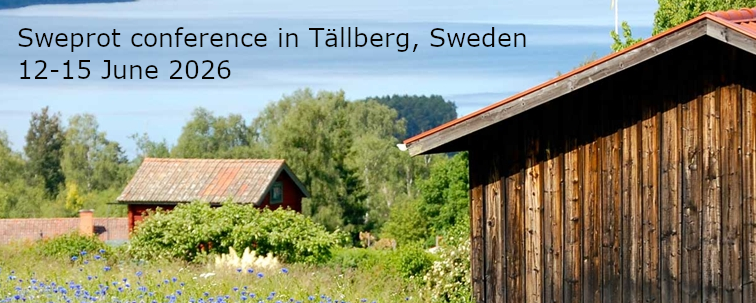Abstract submission
Participants who would like to participate in the symposium with an oral or poster presentation are kindly asked to submit an abstract. We especially encourage young scientists to submit abstracts. Please prepare and submit your abstract according to the instruction below.
Prizes are awarded for the best oral and poster presentations.
Please note that you should submit an abstract and present a poster (or give an oral presentation) to qualify for the PhD student/postdoc price.
Prepare your abstract according to the instructions in the Word Template.
Please note that the file name should only contain letters (A-Z, a-z) and numbers (0-9) and your confirmation may end up in spam.
A list of abstracts for posters and oral presentations for Sweprot 2026 will be published on this page well in advance of the meeting.
See you in Tällberg!
